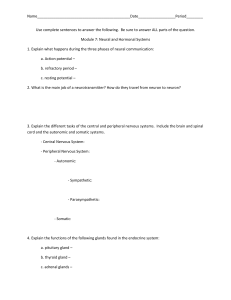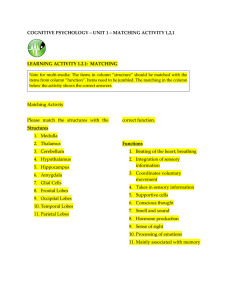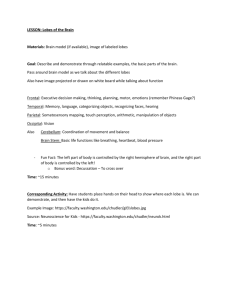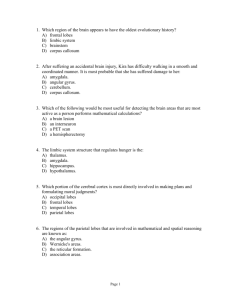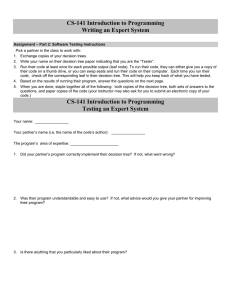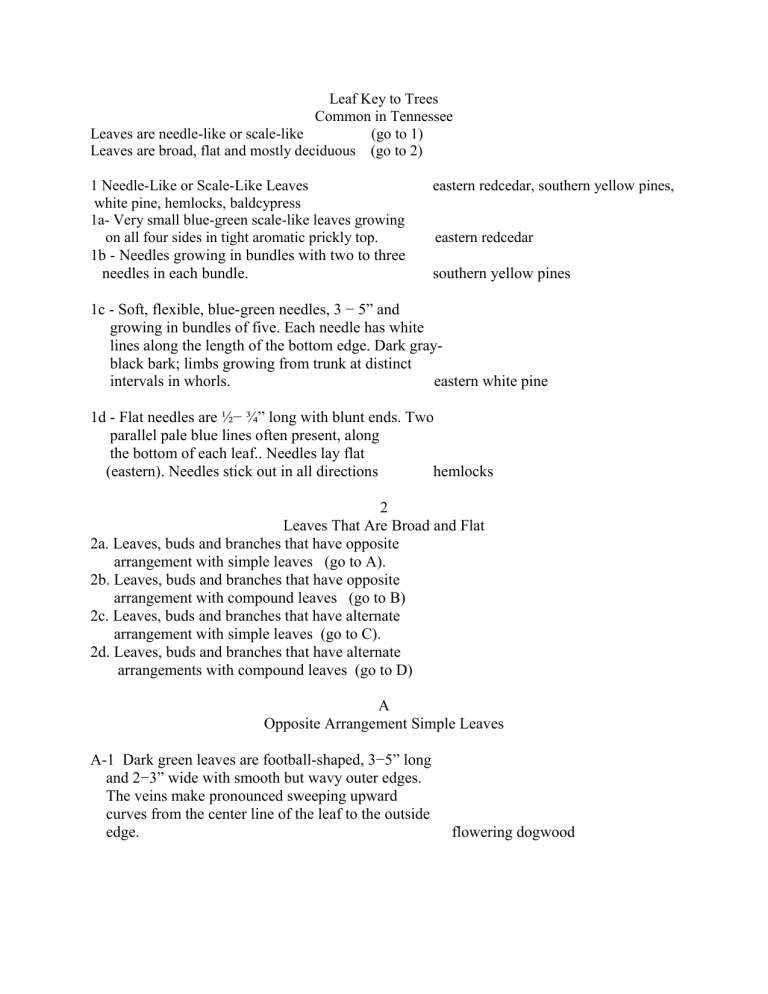
Leaf Key to Trees Common in Tennessee Leaves are needle-like or scale-like (go to 1) Leaves are broad, flat and mostly deciduous (go to 2) 1 Needle-Like or Scale-Like Leaves white pine, hemlocks, baldcypress 1a- Very small blue-green scale-like leaves growing on all four sides in tight aromatic prickly top. 1b - Needles growing in bundles with two to three needles in each bundle. eastern redcedar, southern yellow pines, eastern redcedar southern yellow pines 1c - Soft, flexible, blue-green needles, 3 − 5” and growing in bundles of five. Each needle has white lines along the length of the bottom edge. Dark grayblack bark; limbs growing from trunk at distinct intervals in whorls. eastern white pine 1d - Flat needles are ½− ¾” long with blunt ends. Two parallel pale blue lines often present, along the bottom of each leaf.. Needles lay flat (eastern). Needles stick out in all directions hemlocks 2 Leaves That Are Broad and Flat 2a. Leaves, buds and branches that have opposite arrangement with simple leaves (go to A). 2b. Leaves, buds and branches that have opposite arrangement with compound leaves (go to B) 2c. Leaves, buds and branches that have alternate arrangement with simple leaves (go to C). 2d. Leaves, buds and branches that have alternate arrangements with compound leaves (go to D) A Opposite Arrangement Simple Leaves A-1 Dark green leaves are football-shaped, 3−5” long and 2−3” wide with smooth but wavy outer edges. The veins make pronounced sweeping upward curves from the center line of the leaf to the outside edge. flowering dogwood A-2 Smooth leaves with red petiole are 2½−4” in length and width with toothed edges along the lobes. Usually there are three large lobes and sometimes two more smaller lobes. The sinuses between each lobe forms a sharp V notch. red maple A-3 Smooth leaves are 3−5” long and wide with smooth edges along five main lobes that have pointed tips. Deep U-shaped sinuses between lobes. sugar maple A-4 Leaves are 5−7” long and, deeply-lobed, with large marginal teeth, silvery beneath. silver maple B Opposite Arrangement Compound Leaves B-1 8−12” leaves have three to seven, 1½−4” long leaflets growing along the sides and on the end of the leaf stalk. Twigs ends look large and blunt. Green ash has a prominent bud nestled in the crotch between the twig and leaf. White ash has a small bud that is buried in the crotch and not readily visible to the naked eye. Ash B-2 Leaves are 8−12” long and have 2−4” leaflets that have several shapes, with some jutting out to the side like pointed thumbs. Edges are toothed. Twigs are long, slender and often green. boxelder C. Alternate Arrangement Simple Leaves Leaves have rounded lobes Leaves have pointed lobes Leaves have no lobes (go to C-1) (go to C-2) (go to C-3) C-1a Leaves are tough, varying in size and shape but almost always have the same number of rounded lobes or blunt teeth on each side of the leaf. The outside edge of the leaf is smooth, with the main leaf vein ending at the center of the center tooth or leaf lobe, while veins to the other teeth or lobes are at different places along the central vein. white oaks C-1b Tree may have a mixture of 3−5” leaves having no lobes, two lobes or three lobes all growing together in the crown. Edges of the leaves are smooth, giving the lobed leaves the look of mittens. Crushed leaves have distinct orange peel fragrance. sassafras C-2a Trees may have mixture of 3−5” long, roughtextured leaves with some leaves having no lobes, two lobes or three lobes all growing together to form the tree crown. The edges of the leaves are rough and jagged toothed. red mulberry C-2b Leaves the size of a man’s hand, have four pointed lobes forming a distinct tulip shape. Center vein ends in center of sinus. yellow-poplar C-2c Leaf is wide and irregularly fan-shaped, usually slightly longer and wider than a man’s hand. Major veins for the leaf all originate at the base stem of the leaf and fan out like fingers into the lobes. sycamore C-2d Leaves are tough and vary in size and shape but usually are from 4−7” long and 1−5” wide, with prominent lobes and deep, rounded sinuses between lobes. There is a definite bristle on the end of each lobe. Leaf veins to lobes start from several places along the central leaf vein. red oaks C-2e 4−7” wide leaf forms a distinctive, five-pointed, star shape with deep V sinuses and long, pointed lobes. Leaf veins fan out from the base of the leaf at the stem. sweetgum

